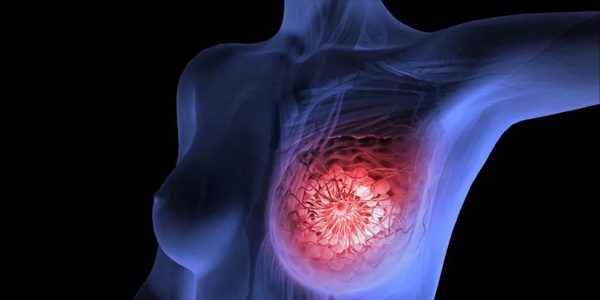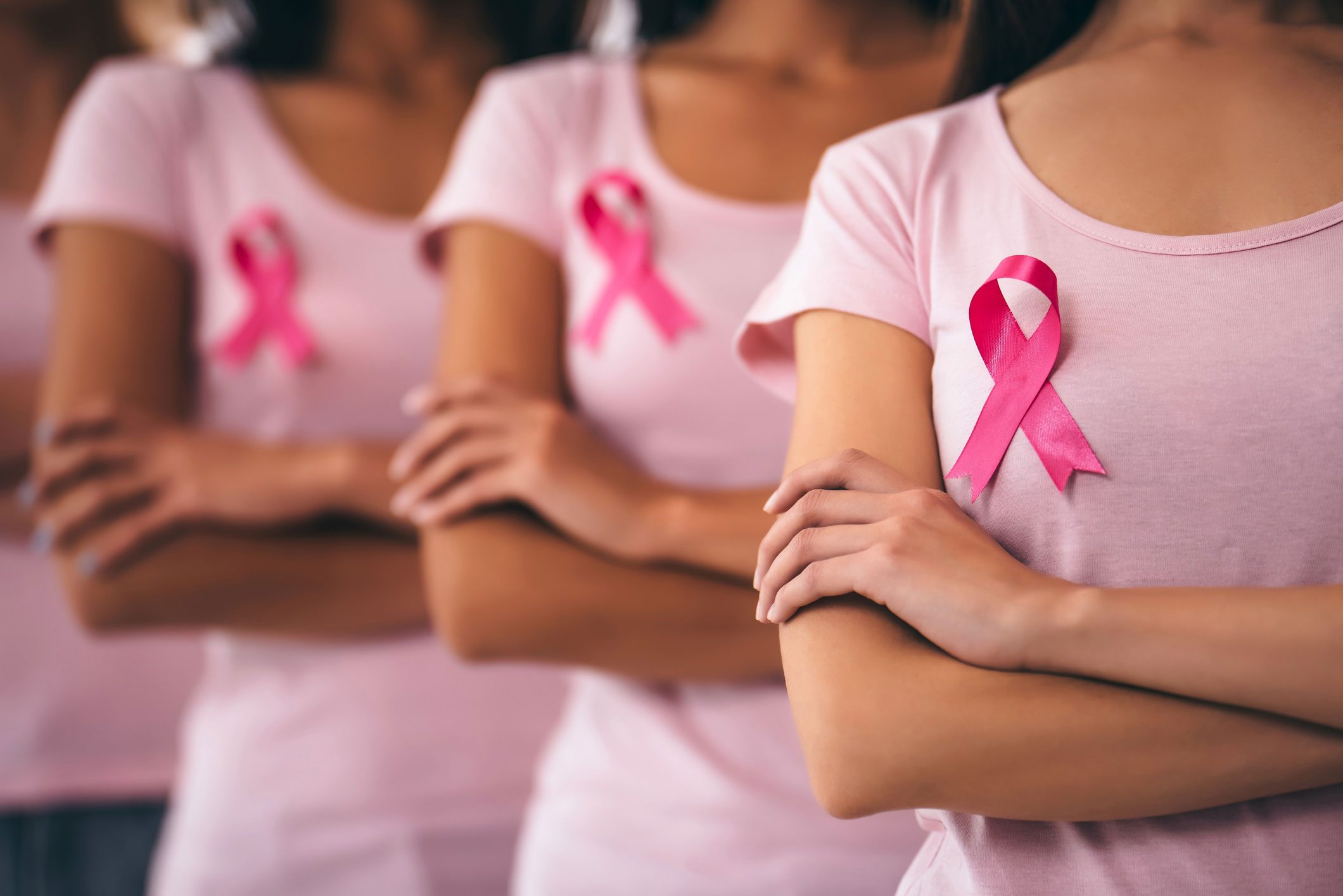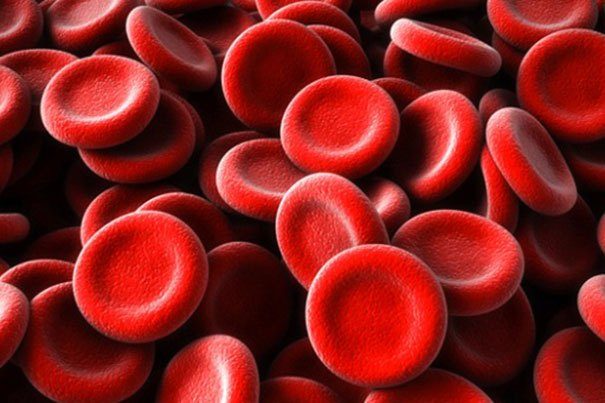Breast cancer is common among women. Breast cancer will be detected in one out of ten women. This is also the second leading death-causing cancer after lung cancer.
October month is known as Breast Cancer Awareness Month, this is to help increase the awareness level of the disease among the public. Early detection, awareness of the symptoms is an important way of reducing the risk.

Early Signs of Breast Cancer Symptoms
Here are some early signs of breast cancer symptoms that individuals should be aware of:
- Breast lump or thickening: A new lump or a thickened area in the breast or underarm region is one of the most common signs of breast cancer. It may feel different from the surrounding tissue and should be evaluated by a healthcare professional.
- Changes in breast size or shape: Any unexplained changes in breast size or shape, such as swelling, asymmetry, or dimpling, should be noted. This includes visible distortion or puckering of the breast skin.
- Nipple changes: Pay attention to any changes in the appearance of the nipples, such as inversion (pulling inward), redness, scaliness, or a discharge other than breast milk.
- Breast skin changes: Look for unusual changes in the skin texture, such as thickening, redness, warmth, or visible veins. Additionally, an orange-peel-like texture called peau d’orange may be a sign of breast cancer.
- Breast pain or discomfort: While breast pain is not typically a common symptom of breast cancer, persistent and unexplained breast pain or discomfort should be evaluated by a healthcare professional.
- Changes in nipple sensation: Any loss of sensation or tingling in the breast or nipple area could be a warning sign.
Remember, experiencing any of these symptoms does not necessarily mean you have breast cancer, as they can also be caused by benign conditions.
Common Causes of Breast Pain
Breast pain, also known as mastalgia, is a common concern among many individuals. While breast pain can be alarming, it is important to note that most cases of breast pain are not associated with breast cancer. Here are some common causes of breast pain:
- Hormonal changes: Hormonal fluctuations throughout the menstrual cycle can cause breast tenderness and pain. This type of pain is usually experienced in both breasts and is more common in the premenstrual phase.
- Fibrocystic breast changes: Fibrocystic breast changes refer to noncancerous lumps or cysts that develop in the breast tissue. These changes can cause breast pain or discomfort, especially around the time of menstruation.
- Breast cysts: Cysts are fluid-filled sacs that can develop in the breast tissue. They can vary in size and may cause localized breast pain. Cysts are typically benign, but if they persist or cause significant discomfort, medical evaluation is recommended.
- Breast injury or trauma: Injury or trauma to the breast, such as a fall or direct blow, can result in breast pain. The pain may occur immediately after the injury or develop over time.
- Costochondritis: Costochondritis is the inflammation of the cartilage that connects the ribs to the breastbone. It can cause chest wall pain that may be mistaken for breast pain. Pressure on the affected area, such as from tight clothing or physical activity, can exacerbate the pain.
- Medications: Certain medications, including hormonal treatments such as hormone replacement therapy (HRT) or oral contraceptives, can cause breast pain as a side effect.
- Muscular or skeletal causes: Pain originating from the muscles or bones in the chest wall, such as muscle strains or rib injuries, can be felt as breast pain.
How to Prevent Breast Cancer

Here are some steps you can take to minimize the risk of developing breast cancer:
- Maintain a healthy weight: Being overweight or obese is associated with an increased risk of breast cancer, particularly after menopause. Aim to maintain a healthy body weight through a balanced diet and regular physical activity.
- Engage in regular physical activity: Regular exercise has been shown to reduce the risk of breast cancer. Strive for at least 150 minutes of moderate-intensity aerobic activity or 75 minutes of vigorous-intensity aerobic activity per week. Include activities such as brisk walking, cycling, swimming, or jogging in your routine.
- Limit alcohol consumption: Research has established a link between alcohol consumption and an increased risk of breast cancer. It is recommended to limit alcohol intake or avoid it altogether. If you do choose to drink, limit it to no more than one drink per day.
- Quit smoking: Smoking has been linked to various types of cancer, including breast cancer. If you smoke, take steps to quit smoking and avoid exposure to secondhand smoke.
- Breastfeed if possible: Women who breastfeed their children may have a reduced risk of developing breast cancer. If you have the opportunity and choice, consider breastfeeding for as long as you can.
- Be aware of hormonal therapies: Certain hormonal therapies, such as hormone replacement therapy (HRT) and oral contraceptives, have been associated with a slightly increased risk of breast cancer. If you are considering these therapies, discuss the potential risks and benefits with your healthcare provider.
- Conduct regular breast self-exams: Familiarize yourself with the normal look and feel of your breasts through regular self-exams. This can help you detect any changes or abnormalities promptly. Consult your healthcare provider for proper technique and guidance on breast self-exams.
- Attend regular screening appointments: Participate in regular breast cancer screening programs as recommended by your healthcare provider. This may involve mammograms, clinical breast exams, and other imaging techniques. Early detection plays a vital role in improving treatment outcomes.
- Know your family history: Be aware of your family history of breast cancer and inform your healthcare provider. They can assess your risk and recommend appropriate screening or genetic testing if necessary.
- Stay informed and educate others: Stay up-to-date on the latest research, guidelines, and recommendations regarding breast cancer prevention. Share this knowledge with family and friends to raise awareness and promote early detection.



















